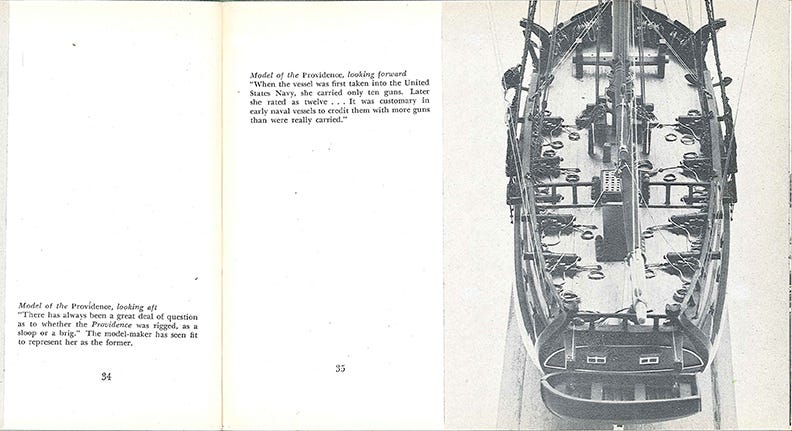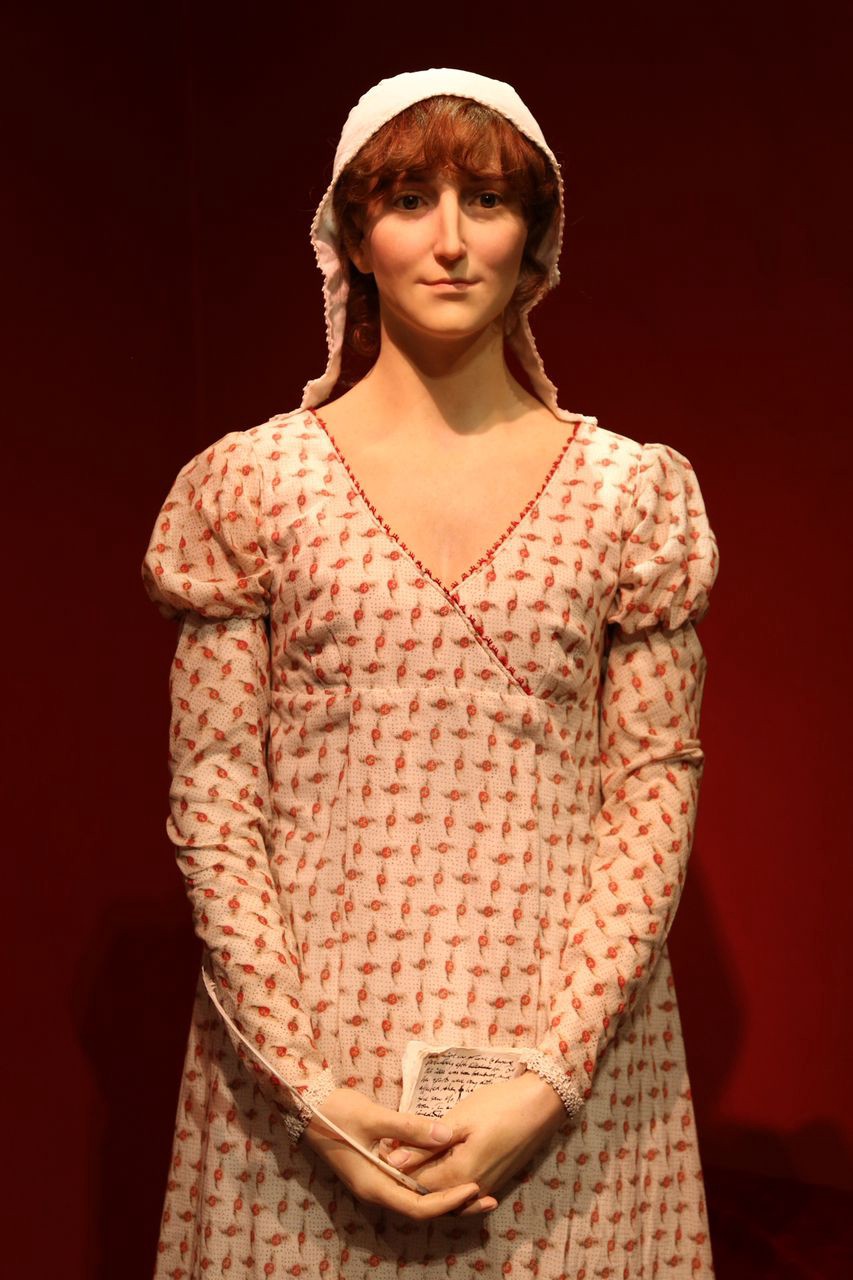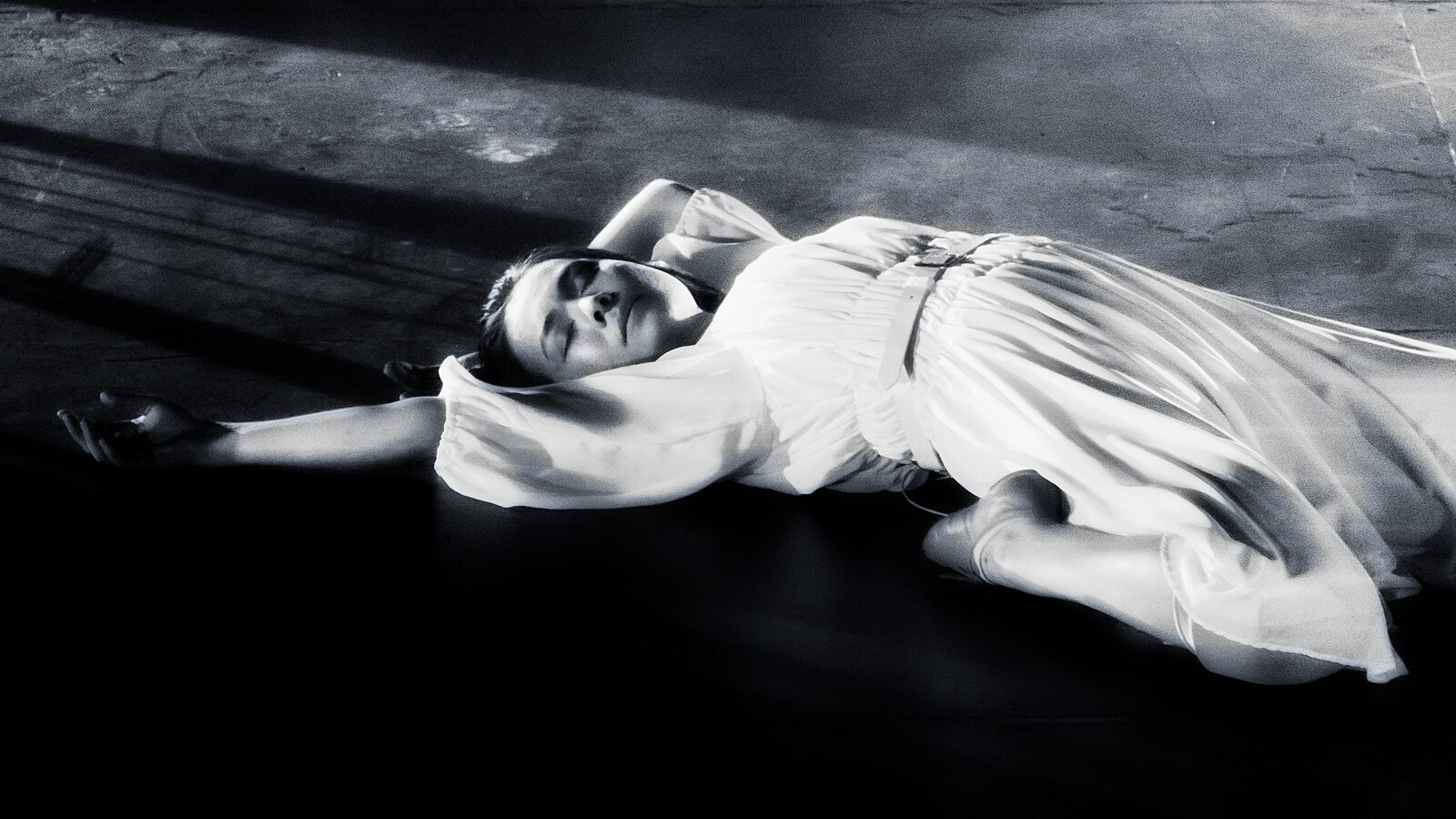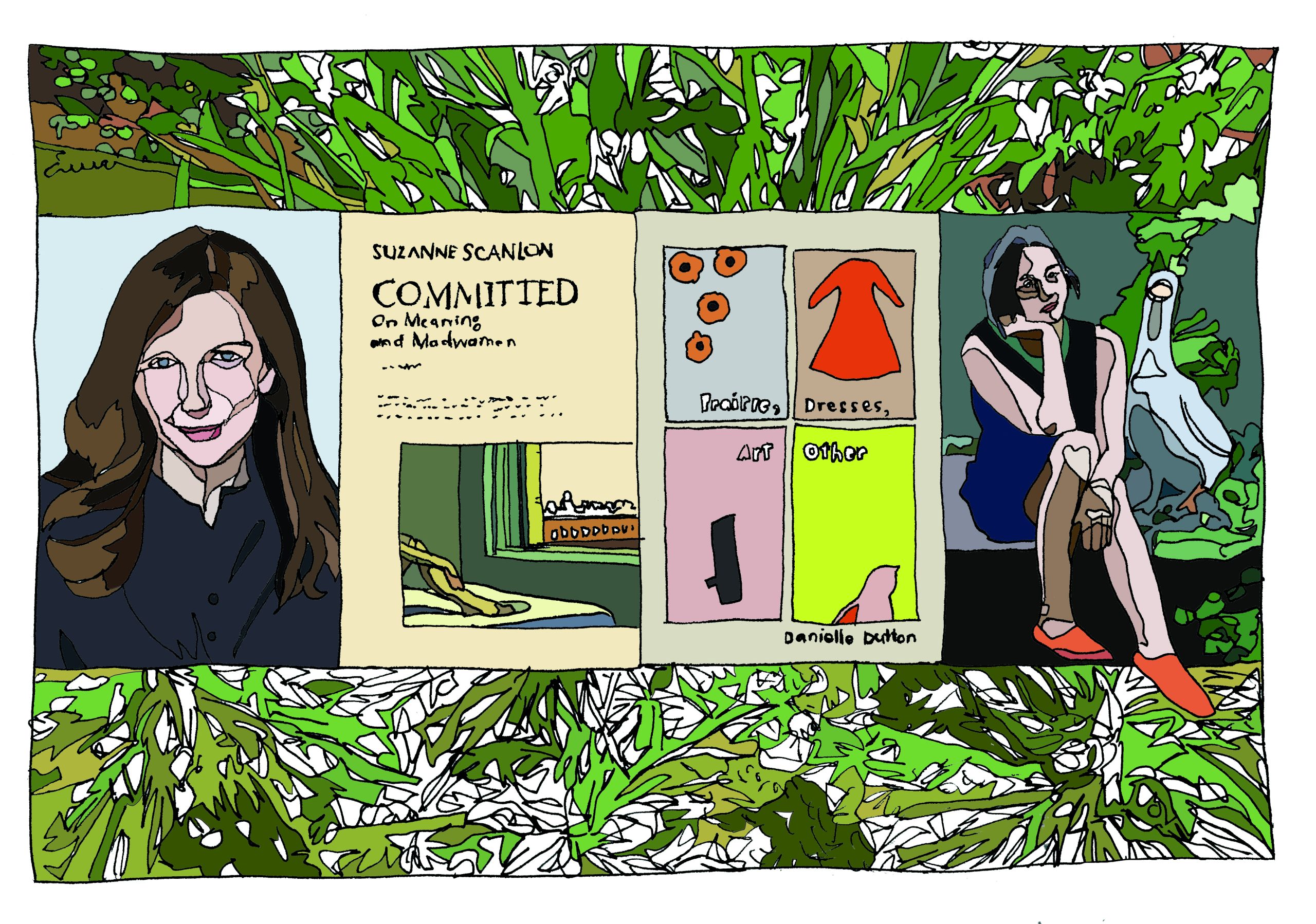essays
DISCARD PILE: Models of American Sailing Ships

Discard review books that were recently withdrawn from the collection at the Barstow School in Kansas City, Missouri.
Models of American Sailing Ships: A Handbook of the Ship Model Collection In The Addison Gallery of American Art, with a descriptive text by Robert E. Peabody
Addison Gallery of American Art, 1961
Dewey Number: 623.8 PEA
Entered Barstow Library: Unknown
The Addison Gallery of American Art at the tweedy Phillips Academy possesses a rock-ribbed collection of art — think Audubon and Hopper, Homer and Pollock. However, down in the gallery’s basement perches a veritable flotilla of model ships. Not the Snap-Tite nor Revell’s of my youth, but bona-fide hand-crafted artisan models built at a scale of ¼ inch to one foot.
In the 1962 Models of American Sailing Ships, Robert E. Peabody relates the intriguing and somewhat drama-laden history of the models and their real-life counterparts. Philips treasurer and collection curator James C. Sawyer navigated a couple of dozen commissions through the peregrinations of the Depression. As Sawyer put it, “the Addison Gallery wishes to impress on the boys’ minds the beauty of the sailing ship and its contribution to the growth and prosperity of this country.”
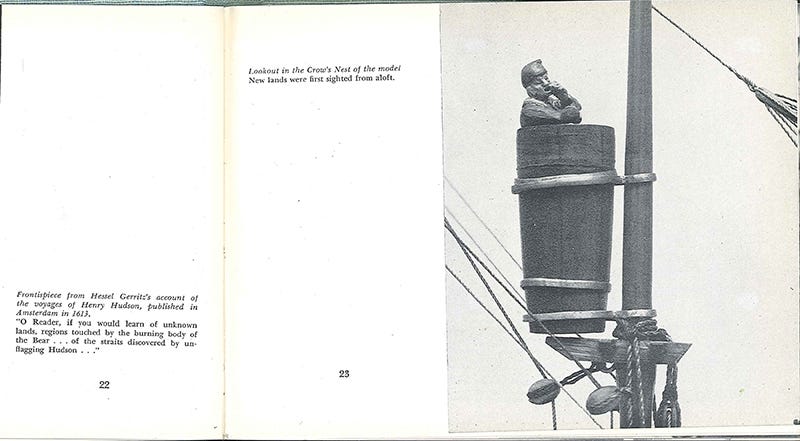
Editor John Ratte claims in his preface that the “historical and didactic” value of the collection “cannot be contested,” that the models represent “the fashioning of personal vision” in an early culture where “practical purposes and austere beauty were often closely linked.” Ratte’s introduction contains several instances of such prep school puffery — beyond the very idea of an institution commissioning and displaying model ships during the Depression — lifelong friends from Yale and families paying the commission for models of ships either sailed or built by ancestors. The whole idea rightly smells like Captain Black Royal, smoked in a panelled room with velvety jackets and an Old Fashioned.
That said, the appearance of one Captain H. Percy Ashley helps keep the work from falling too far into the well of more-hobbies-of-the-Cabots-of Boston. From all accounts Captain Ashley was a persnickety cuss who was an international expert in shipbuilding of all kinds, especially ice yachts. Clearly he did know it all, growled about rich dudes and routinely clashed with Sawyer. “Captain Ashley refused to negotiate when his price for making the model of the Clermont was challenged, but he compensated for his high fee in his own characteristic way by making an additional model.”
Captain Ashley wasn’t done. Sawyer had the temerity to suggest that Ashley’s coppering job on America was “sloppy.” The nerve. The impertinent Captain immediately threatened to take his model back and return the funds. Captain Grumpy continued, “The America was heavily built and some authorities claim very hurriedly constructed, including deck fittings and painting. She was built to go to sea and stay to sea regardless of wind and weather. The original yacht was coppered hurriedly and the hull must be sheathed accordingly… Under no consideration will I consider making the changes you recommend.” Pen drop.
Unfortunately, the rest of the book reaches such levels of sheer bitchiness. Instead we get a short description of the ship, its historical importance, and plenty of pictures. We learn Columbus ran the Santa Maria into a reef off of Cuba; America won the first America’s Cup; the Flying Cloud was one of the fastest sailing ships ever known — making the trip from NYC to San Francisco in 89 days and eight hours; and that Captain Ashley’s Clermont pretty much dominates all the other models.
The mystery of how American Sailing Ships came to be in the bibliotek of a Midwestern independent school may never be found. However, I would like to see a conceptual sequel to the book that includes more literary and cinematic renderings: to wit Nellie, Arabella, Pequod, Penguin, HISPANIOLA, Fidéle, and Belafonte.
